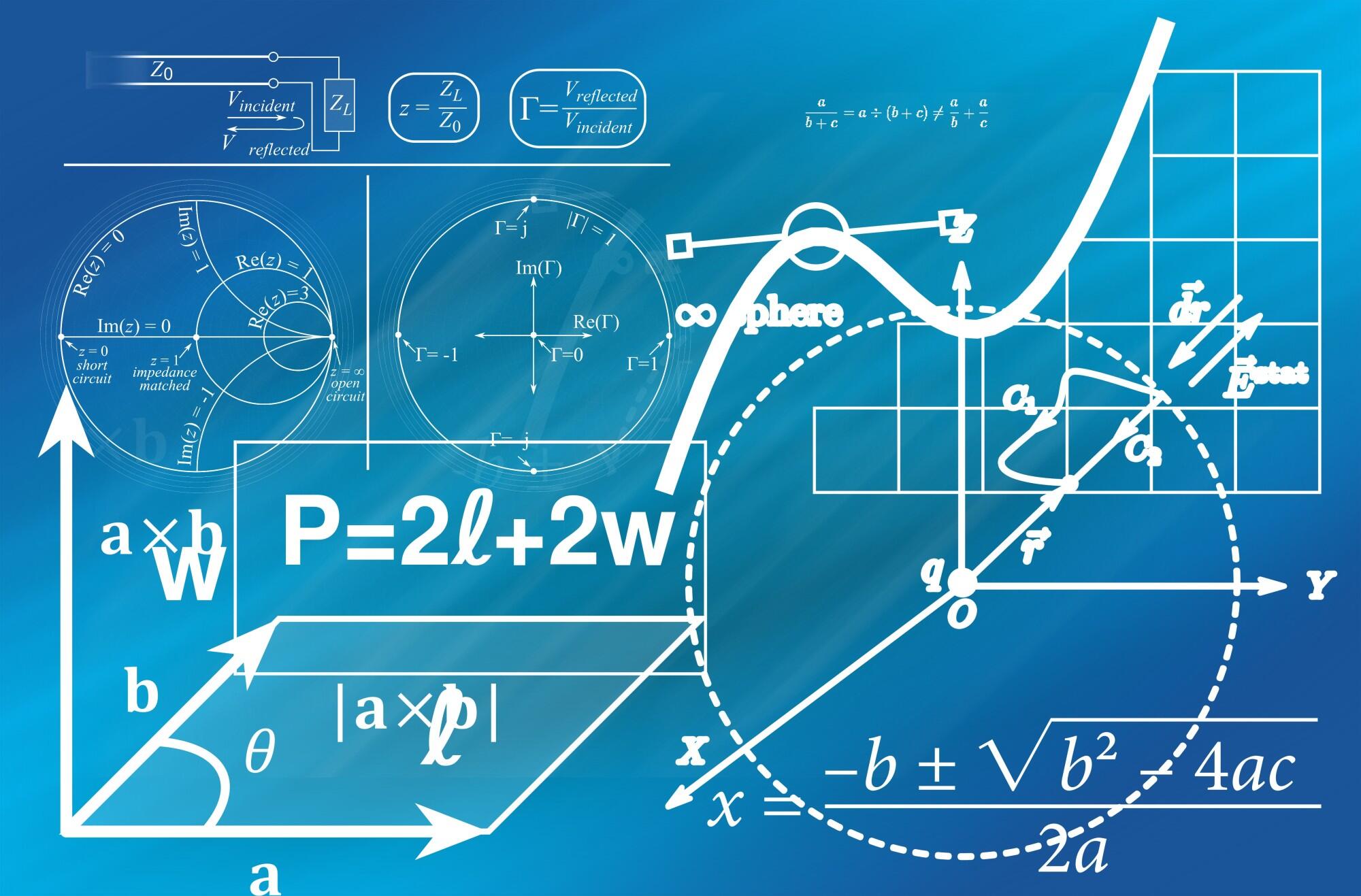
A Functions Review for High School Students From Linear to Quadratic
High school mathematics can seem like an insurmountable challenge. But, breaking it down into manageable pieces can make a significant difference. One crucial step is understanding the broader landscape of mathematics. Getting a solid grasp on functions, particularly moving from linear to quadratic functions.
This blog post will review six essential functions that high school students should be familiar with, providing a pathway from the foundational concepts of linear functions to the more complex world of quadratic functions review. Let’s dive in!
Linear Functions
At the heart of algebra lies the linear function, typically presented in the format \(y = mx + b\), where \(m\) represents the slope, and \(b\) denotes the y-intercept. Understanding key features of functions is crucial because they serve as the foundation for more complex mathematical concepts.
Linear functions are straightforward, as they produce a straight line when plotted on a graph. The ability to identify the slope and y-intercept from an equation or graph allows students to understand the rate of change and the starting point of their function, respectively.
Quadratic Functions
Quadratic functions signify a step up in complexity and are represented by the equation \(y = ax^2 + bx + c\). Unlike linear functions, quadratics have a parabolic shape when plotted, opening either upwards or downwards depending on the coefficient \(a\).
This type of function introduces students to the concept of a vertex, which is the highest or lowest point of the parabola, and the axis of symmetry, offering a deeper understanding of graphs and how they can be used to represent real-life situations.
Exponential Functions
Exponential functions, expressed as \(y = a(b)^x\), where \(b\) is a positive real number, represent another vital class of functions. These functions showcase growth or decay at a constantly changing rate.
This makes them incredibly useful in function math problems modeling situations like population growth, radioactive decay, or interest compounding in finance.
Logarithmic Functions
The inverse of exponential functions, logarithmic functions, are depicted as \(y = log_b(x)\). They play a pivotal role in solving equations involving exponential functions and are essential for students to understand phenomena that scale logarithmically, such as sound intensity or the Richter scale for earthquakes.
Make sure to check out the online mhf4u course to learn more about logarithmic functions and their applications!
Polynomial Functions
Polynomial functions extend the concept of linear and quadratic functions and can be expressed as \(y = a_nx^n + a_x^ + … + a_1x + a_0\). These functions can have multiple terms and degrees. This leads to a variety of curve shapes on graphs.
Understanding polynomials equips students with the skills to tackle complex algebraic expressions and equations.
Rational Functions
Rational functions are expressed as the ratio of two polynomials, in the form \(y = \frac\), where \(p(x)\) and \(q(x)\) are polynomial functions. These functions introduce students to concepts like asymptotes and discontinuities, deepening their comprehension of function behavior and graph analysis.
Learn About Functions Review for High School Students
Mastering the types of functions review not only strengthens students’ algebraic skills but also prepares them for calculus and other higher-level mathematics. Each function type brings its unique set of characteristics and applications.
This enriches students’ understanding of the mathematical world and its reflection on the realities around us.
Whether it’s calculating the trajectory of a ball in sports or determining the growth rate of a savings account, a solid grasp of these functions offers invaluable tools for interpreting and influencing the world around us.
Did you find this article helpful? Check out the rest of our blogs!








